British artist Alexander Gorlizki was born and brought up in London. He studied Fine Art at Bristol Polytechnic and received an MFA in Sculpture at The Slade in London, before moving to Brooklyn, New York. Inspired by the Indian miniature style paintings of the Mughal era, he opened a studio in Jaipur in the mid-1990s and collaborated with noted painter Riyaz Uddin, a master of the painting technique that dates back more than 600 years.
For a British native residing in the United States and specialising in an Indian art form, the idea of space would unquestionably be a rather intriguing subject to explore. Gorlizki’s latest solo exhibition, titled Otherworldly Interiors, is probably a manifestation of that curiosity as he weaves traditional Indian miniature painting aesthetics with contemporary western product and textile designs. With this artistic cross-cultural confluence, he creates an immersive experience of a whimsical world of stories and allegory, as imagined by him.
Gorlizki’s association with Uddin has been for more than 25 years now and their collaboration has brought in a unique, mystical take on the intricate, dreamlike realm of Indian miniatures. In the new exhibition, both the artists have tried to combine the surreal and the mundane with a series of paintings, textiles and sculptures.
Otherworldly Interiors’ exhibition note reads: “The traditional element remains intact in the execution of meticulous brushwork and motifs, thereby maintaining the allure of jewel-like miniatures, but carry a contemporary twist in terms of the cultural references that have been expanded to establish playful dialogues between traditions, cultures and histories. The artworks in the show allude to the aspirational and theatrical aspect of our relationship to spaces and objects, whilst also presenting a vision for intimate and fantastical dream spaces.”
The retrospective opened on 8 February at Vadodara’s Gallery Ark and is on till 7 March. Firstpost got in touch with Gorlizki over an email interaction. Below are edited excerpts from the interview.
***
What drove you to conceptualise this new exhibition?
I spend a lot of time looking at historical Indian miniature paintings. For all the different styles, subjects and themes within the tradition, they do have certain features in common, quite apart from the exquisite intricacy of the brushwork. I’m struck by the sense of intimacy, and quiet — even in the most brutal war scenes or mythological paintings. This is partly to do with the way the figures are staged in relation to one another (and very often in profile) and also the use of borders, windows and arches that create an impression of entering into another world, as if through a portal. The exhibition is intended to extract that sense of ‘otherworldliness’ out of the two-dimensional frame and into our physical space by depicting some of the images and icons in three dimensions.
I’m also interested in the theatrical nature of domestic interiors and how we stage our homes for real or imaginary visitors. Otherworldly Interiors feature everyday objects that are devoid of their normal uses, or, as with the dining table scene are overbearing with the level of detail and embellishment.
When you say ‘otherworldly’ — what do you really mean? Is it a reference to the extraterrestrial or the intangible/imaginary? Or, do they intersperse?
I think of it as an imaginary place where a person can move between forms that oscillate between being functional and playful. Like many dreams, there is a sense of purpose but the actual relevance remains ambiguous and open to interpretation.
What are the major features of this exhibition that make it different from your previous works?
While I’ve designed wallpapers, carpets and fabrics in the past, the show at Ark is far more extensive in bringing these elements together to create a domestic scenario. It’s certainly the first time I’ve worked on a Mughal jali design in gold on a regular household bread-knife!
What are the various allegories used in the exhibition? Could you contextualise them?
Edward Lear was a famous 19th-century writer, best known for his limericks. He was also a very talented natural history illustrator who painted parrots and other birds from around the world. I used the colour schemes from his illustrations of African parakeets and applied them to other European paintings of elephants that would then be combined with other animal patterns (tigers, zebras etc). These are painted in the Indian miniature tradition on a standard white ceramic plate.
This is an example of different visual languages, histories and cultures being merged and re-contextualised. Therefore, it’s hard to get a handle on originality, authorship and hierarchies. Some of the paintings might depict a figure from a renaissance painting alongside a dog wearing a cone or a small monster wearing a Viking helmet.
How have you amalgamated the miniature technique to this retrospective?
People often assume that miniature painting alludes to the small scale of the artwork whereas it actually refers to the fine detail of the brushwork. While the time involved often results in smaller paintings, the same technique can be applied to three-dimensional objects and a very wide variety of subjects. Because I work with Riyaz Uddin, one of the most talented living miniature painters, as well as a group of his assistants, I’m able to explore new ways of applying and combining techniques, and these works are passed back and forth between the studios in Jaipur and Brooklyn so they really evolve over time. I also work with other craftspeople, including embroiderers, sand casters, marble carvers amongst others. The subject matter always evolves out of my work with drawing and in some ways, I’m a narrator or director working with an incredible team of traditional artisans.
Apart from miniature paintings, what are the other forms of art used in Otherworldly Interiors?
One of the people I work with in Jaipur is a woodcarver called Bhaver, who would normally produce dozens of small wooden elephants for the tourist market. I give him drawings of objects I’ve drawn: A hand-held model of a car that looks like it’s covered in chewing gum that has been upholstered by a tinsmith in silver. There are also objects that resemble adult toys, a drawing anatomical figure with four arms and legs (I was imagining a life drawing class where the model is a multi-armed deity) or shoes which have been painted with infinitesimally details patterns.
What drives you to India and Indian art? What are the other themes and representations that you would like to explore in the future?
I was lucky to first visit in 1983. I went to Sanchi with a family friend and Indian sculpture scholar and we walked around the surrounding hills with a guide looking at ancient sculptures of the Naginis. While the current work doesn’t directly relate to that, I think every subsequent visit since has been a subliminal effort to recapture a wide-eyed boy on his first magical visit!
In terms of future plans, I’m currently working on a 30-foot long video projection that animates the paintings for a museum in Germany, as well as a group of hand-painted vintage photographs and some new larger-scale objects.
— All images courtesy Gallery Ark


)




)
)
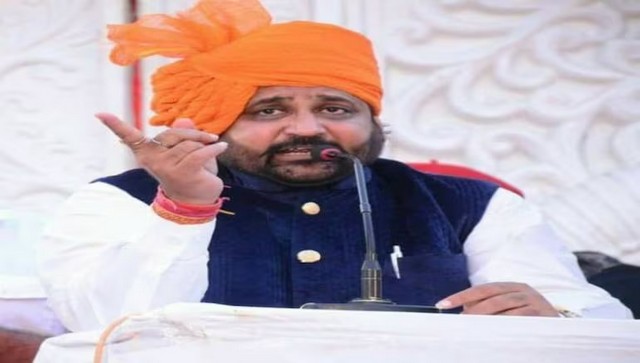)
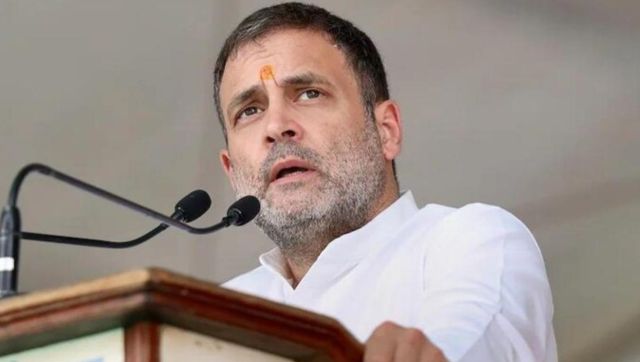)
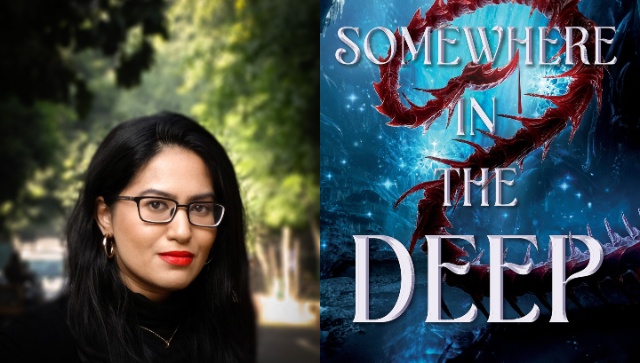)
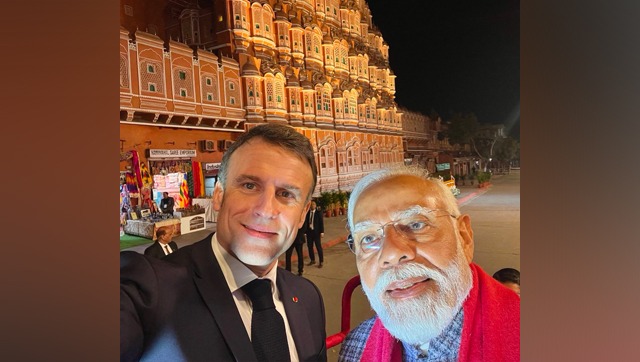)
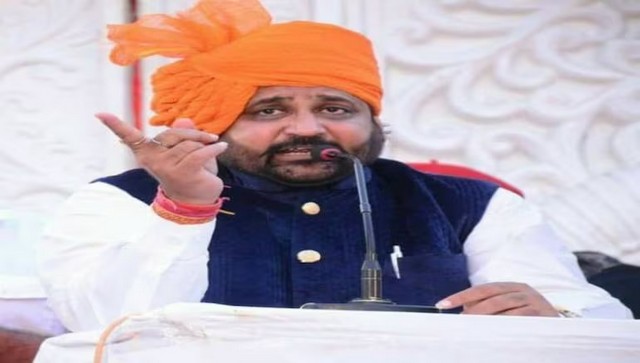)
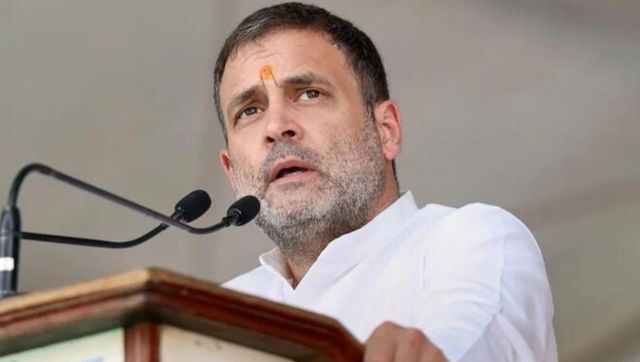)